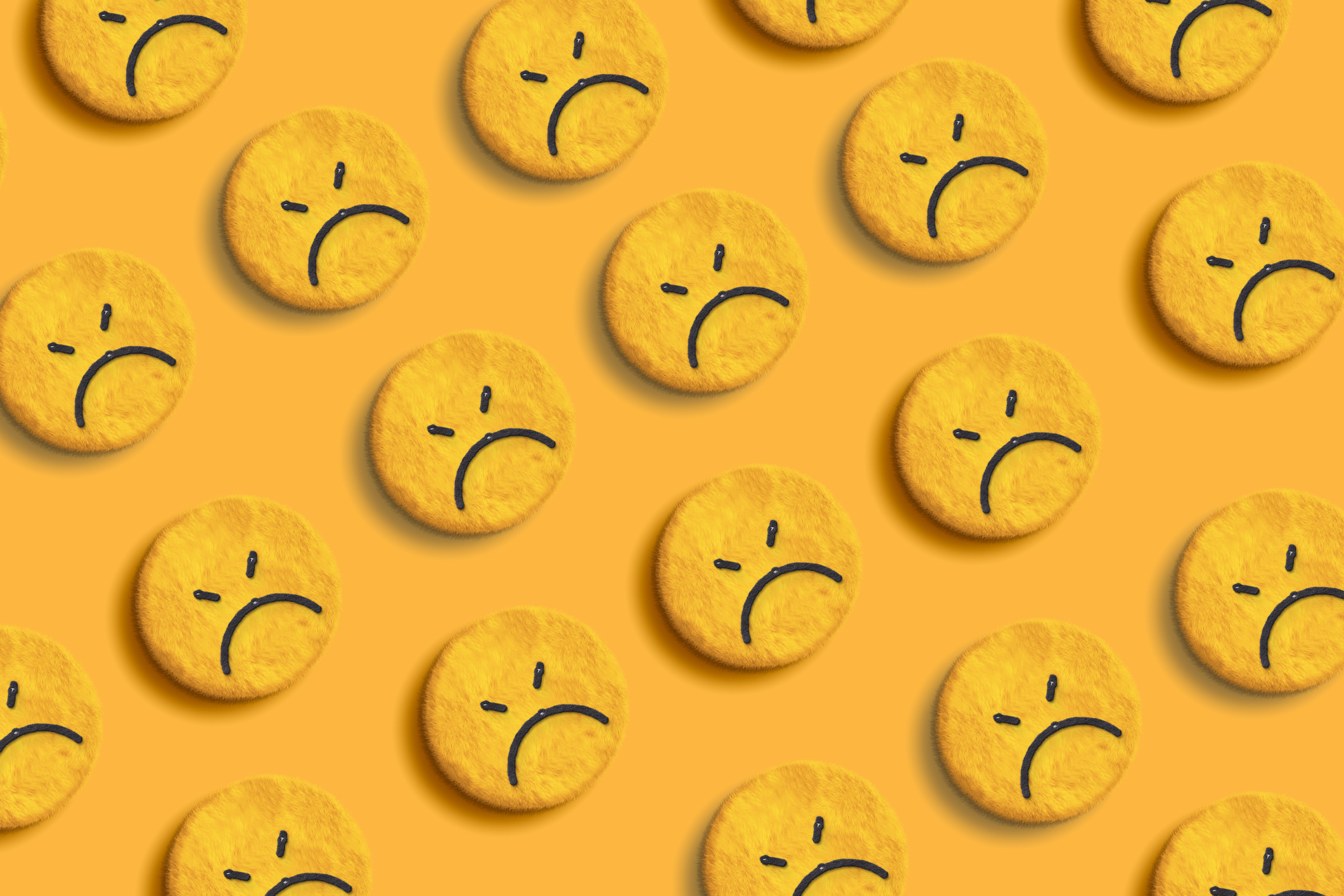5 Best Bond Funds to Buy While Fed Keeps Rates Down
With yields at ridiculously low levels, risk is elevated. But there are still good reasons to own bonds.


Seven years after the end of the worst financial crisis since the Great Depression, the U.S. economy continues to lead the developed world. Gross domestic product in the U.S. has been rising only about 2% annually (compared with a more normal 3%), but the economies of most other major nations are at or just above stall speed.
Will we ever get back to normal global growth? Probably, given time, but a return to the good old days is still a ways in the future.
Meantime, efforts by central bankers to light a fire under the global economy have pushed down bond yields to ridiculously low levels. Until growth picks up, those yields should stay artificially low. Citing concerns over sluggish employment growth, the Federal Reserve once again opted to leave rates unchanged at its just-concluded June meeting.
From just $107.88 $24.99 for Kiplinger Personal Finance
Become a smarter, better informed investor. Subscribe from just $107.88 $24.99, plus get up to 4 Special Issues

Sign up for Kiplinger’s Free Newsletters
Profit and prosper with the best of expert advice on investing, taxes, retirement, personal finance and more - straight to your e-mail.
Profit and prosper with the best of expert advice - straight to your e-mail.
Because interest rates are so low, investing in most kinds of bonds is risky. If yields increase (and there’s a lot more room for rates to rise than there is for them to decline), bond prices will fall, so fixed-income investors must be vigilant.
Take the benchmark 10-year Treasury bond. As of June 14, it yielded a puny 1.61%. If consumer prices rise at the historical annual rate of 3%, a 10-year Treasury is a guaranteed loser even if the bond’s price remains unchanged. Heck, even at 2% inflation, you’ll be in the hole with a 10-year Treasury because the bond’s interest will be less than the rise in consumer prices.
The best argument for owning U.S. Treasuries is that they pay more today than government bonds issued by many other developed countries. Many overseas bonds sport negative yields -- a phenomenon I can’t begin to understand. In effect, you buy a government bond knowing that you will get back less when the IOU matures than you put in. Makes me want to buy stock in a company that makes safe-deposit boxes.
The advent of negative yields has prompted investors to lock up their cash in super-long-term bonds that pay meager yields. Spain—get this—recently issued 50-year bonds with a 3.45% coupon. France also issued 50-year bonds. Belgium and Ireland each sold 100 million euros of 100-year bonds in private deals.
I predict that one day we will look back on long-term bonds with tiny or negative yields, such as the 10-year Treasury, in much the same way we now view the insanely high price-earnings ratios of tech stocks in the late 1990s.
When yields inevitably do head north, those holding the bonds will suffer huge losses. Just a one-percentage-point rise in the yield on the 10-year Treasury would cause its price to fall by 9%. A two-percentage-point increase would trigger a 17% plunge. Depending upon their current yields, a one-percentage-point rise in 50-year and 100-year bonds would bring a collapse of 25% to 45%.
The Case for Owning Bonds Today
Why own bonds at all? Because stashing all your money in stocks can be too risky. Bonds provide ballast for your portfolio, and investment-grade bonds often rise, or at least generate positive total returns, during periods of falling stock prices.
Bonds issued by shaky companies (aptly called junk bonds) currently offer the most attractive yields: 7%, on average. But high-yield bonds come with substantial risk that the issuer might not be able to pay you back and often perform poorly when stocks are tanking.
With all that in mind, here are my favorite bond mutual funds and exchange-traded-fund picks for the current market, listed from the most conservative to the riskiest. Note that I’m not including past returns for any of the funds because they would tell you little about how the funds will likely do in the future.
You’ll never grow rich owning Vanguard Short-Term Corporate Bond ETF (symbol VCSH), but you won’t go broke, either. I especially love two numbers about this fund: its annual expense ratio of just 0.10% and its average duration of 2.8 years (duration is a measure of interest-rate sensitivity; a duration of 2.8 years suggests that the fund’s price would drop by 2.8% if interest rates rose by one percentage point). The exchange-traded fund invests in short-term, high-quality corporate and government bonds. It yields just 1.9%, but the modest payout is a fair trade-off for the low risk.
For money held in taxable accounts, I favor Vanguard Limited-Term Tax Exempt (VMLTX), which charges 0.20% a year and yields a paltry 0.9% (equivalent to a taxable 1.6% for an investor in the top, 43.4% bracket). But the average duration is only 2.5 years. If you can meet the $50,000 minimum, you can qualify for the fund’s Admiral share class (VMLUX), which charges just 0.12% and yields 1.0% (a taxable-equivalent yield of 1.8% for a top-bracket investor). If you find it beneficial to invest in a single-state muni fund, which delivers interest that is free of federal and state income taxes, make sure it has a relatively modest duration.
Jeffrey Gundlach, comanager of DoubleLine Total Return Bond N (DLTNX), has been a good prognosticator of the future course of interest rates. Over the past six months, he has trimmed his fund’s average duration from 3.5 years to 2.9 years, suggesting that he thinks rates will rise a bit. Total Return, which sports a relatively generous 3.2% yield, holds a mix of government mortgages and much riskier privately backed mortgages. About 20% of its assets earn junk ratings. (The fund is a member of the Kiplinger 25.)As the name suggests, Metropolitan West Unconstrained Bond (MWCRX) has a lot of flexibility. Among other things, the managers can sell bonds short (that is, bet on their prices to fall and yields to rise). At last report, the fund’s average duration was just 1.4 years. Some 85% of the fund’s assets are in corporate bonds, non-government-backed mortgages and other securitized debt. All told, about one-fourth of the fund’s assets was in junk-rated securities. The fund yields 2.5%. Its four managers have a long and superior track record running Metropolitan West Total Return (MWTRX), a more-traditional, middle-of-the-road bond fund that is a member of the Kiplinger 25.
Loomis Sayles Bond (LSBRX) fishes in treacherous waters. The fund, which yields 3.9%, has about 30% of its assets in bonds with junk ratings and another 10% in unrated bonds, as well as 8% in common stocks. It also invests a sizable chunk in foreign bonds. Says comanager Elaine Stokes: “There’s so little yield in the world that we don’t think it pays to be in bonds with high credit ratings.”
Steve Goldberg is an investment adviser in the Washington, D.C., area.
Profit and prosper with the best of Kiplinger's advice on investing, taxes, retirement, personal finance and much more. Delivered daily. Enter your email in the box and click Sign Me Up.

-
 5 Investment Opportunities in 2026
5 Investment Opportunities in 2026As investors game-plan for the year ahead, these five areas of the equity markets deserve their attention.
-
 How Verizon’s Free Phone Deals Work
How Verizon’s Free Phone Deals WorkWhat shoppers need to know about eligibility, bill credits and plan costs.
-
 Does Your Car Insurer Need to Know All Your Kids? Michigan Cases Raise Question
Does Your Car Insurer Need to Know All Your Kids? Michigan Cases Raise QuestionWho you list on your policy matters more than most drivers realize, especially when it comes to who lives in your home.
-
 What Fed Rate Cuts Mean For Fixed-Income Investors
What Fed Rate Cuts Mean For Fixed-Income InvestorsThe Fed's rate-cutting campaign has the fixed-income market set for an encore of Q4 2024.
-
 The Most Tax-Friendly States for Investing in 2025 (Hint: There Are Two)
The Most Tax-Friendly States for Investing in 2025 (Hint: There Are Two)State Taxes Living in one of these places could lower your 2025 investment taxes — especially if you invest in real estate.
-
 The Final Countdown for Retirees with Investment Income
The Final Countdown for Retirees with Investment IncomeRetirement Tax Don’t assume Social Security withholding is enough. Some retirement income may require a quarterly estimated tax payment by the September 15 deadline.
-
 Dividends Are in a Rut
Dividends Are in a RutDividends may be going through a rough patch, but income investors should exercise patience.
-
 Municipal Bonds Stand Firm
Municipal Bonds Stand FirmIf you have the cash to invest, municipal bonds are a worthy alternative to CDs or Treasuries – even as they stare down credit-market Armageddon.
-
 High Yields From High-Rate Lenders
High Yields From High-Rate LendersInvestors seeking out high yields can find them in high-rate lenders, non-bank lenders and a few financial REITs.
-
 Time to Consider Foreign Bonds
Time to Consider Foreign BondsIn 2023, foreign bonds deserve a place on the fringes of a total-return-oriented fixed-income portfolio.
-
 The Five Safest Vanguard Funds to Own in a Volatile Market
The Five Safest Vanguard Funds to Own in a Volatile Marketrecession The safest Vanguard funds can help prepare investors for market tumult but without high fees.